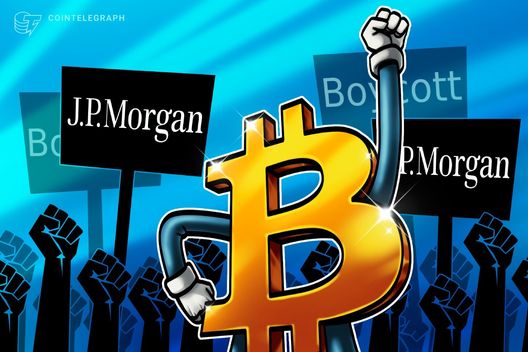Gold rose to a record high of over $3,500 per ounce early Tuesday as bitcoin (BTC) continued to trade in a lackluster fashion.
Data tracked by Lookonchain showed that a whale address 0xFf15 offloaded 425 BTC, worth $46.5 million, in exchange for over 10,500 ETH in the past four days.
Meanwhile, Glassnode said that long-term holders have stepped up profit-taking, spending 97,000 BTC on Friday.
Derivatives Positioning
By Omkar Godbole
- Crypto futures bets worth $370 million have been liquidated by exchanges in the past 24 hours as the bitcoin price bounced, confounding expectations for a move lower.
- The liquidation led to a decline in open interest (OI) in futures tied to most of the top 10 tokens, excluding BTC. Open interest in BTC increased by over 1%, a sign of fresh capital inflows.
- XRP printed a "spinning bottom" candle on Monday, hinting at a potential bull reversal. However, OI in USD and USDt-denominated perpetuals on major exchanges fell by 5.69% alongside anemic spot trading volume. The action weakens the case for a sustained recovery.
- Perpetual funding rates on an eight-hour basis for BTC, ETH, and other major cryptocurrencies are hovering just above zero, indicating a slight bias toward longs.
- On the CME, positioning in BTC futures remains light, alongside a near-record OI of 2 million ETH in ether futures.
- On Deribit, BTC options reflect downside concerns, with puts trading at a premium to calls out to December expiry. Ether options also exhibit a put bias, but not as pronounced as those of BTC. Options tied to SOL and XRP signal stronger demand for upside exposure.
- BTC block flows have been slightly bearish, with traders picking up the September expiry $105K put and writing the $135K call in the October expiry, alongside put calendar spreads. In ETH's case, puts at $3,800 and $4,200 were lifted.
Token Talk
By Shaurya Malwa
- World Liberty Financial (WLFI), the Trump-affiliated DeFi project, is floating a buyback-and-burn program to shore up confidence after its rocky launch.
- Under the proposal, fees from WLFI’s liquidity positions on Ethereum, Binance Smart Chain and Solana would be used to buy tokens on the open market and permanently burn them.
- The design shifts the token’s framing from oversupply to engineered scarcity. More trading volume equals more fees, which in turn fuels more burns.
- Team members say it aligns long-term holders with protocol growth, though skeptics call it optics over substance.
- WLFI trades at 23 cents with a $6.39 billion market cap, down 24% on the day and far below the futures-market valuations above $40 billion seen at launch.
- A community-backed governance proposal is also circulating to stake 80% of WLFI’s locked supply into pools, with rewards drawn from a 20% community reserve. Proponents say it turns idle tokens into productive assets; critics say it's token recycling.
- WLFI’s debut has been marred by security issues. Hackers exploited Ethereum’s EIP-7702 “delegate contract” feature to drain tokens from unsuspecting wallets in what security researchers called a phishing-style exploit.
- Victims describe losing most of their allocations. One investor said they salvaged only 20% of their holdings before attackers siphoned the rest.
- SlowMist founder Yu Xian warned the exploit triggers as soon as compromised users attempt transfers, redirecting funds to attacker wallets.
- Scams multiplied alongside the exploit: Bubblemaps flagged WLFI “bundled clones,” while phishing links spread across Telegram and X, further trapping early retail buyers.
- The dual shock of price collapse and technical exploits underscores WLFI’s fragile launch dynamics, with insider-driven supply, governance controversies and external security risks converging to test the project’s viability.

 3 months ago
148
3 months ago
148













 English (US) ·
English (US) ·